Cusco, is characterized for being a millenary historical city, because it is known that their ancestors were the Incas, great engineers who left enormous constructions and until today allow us to appreciate them. Today we will talk about one of the most beautiful and important Inca sites, the Tipon Archaeological Park which has enclosures, terraces, terraces, terraces and more Inca buildings.
Next we will detail what Tipón means, its history, location and everything we can see and do inside the archaeological site.
Table of Contents
According to the Peruvian historian Dr. Luis A. Pardo mentions that Tipón or Tímpuj means "to be boiling" and alludes to the fact that the waters of the fountain gushed as if the liquid was boiling, however the original name was another.
According to the evidences found in the place, they indicate that in Tipon lived those belonging to the pre-Inca culture as the Ayamarca or those belonging to the Wari culture between 1200 A.D. years later Huiracocha conquers the place and builds what we know as the Tipon Archaeological Center.
In the same way, the chroniclers point out that Tipon was a royal hacienda of the governor Yáhuar Huácac (1380-1400) who would be the father of Huiracocha, in the same way, the Inca road passes through the high part showing that it was an important place.
Near the place is also located the Cruz Moqo viewpoint, considered an important place by the Incas, since there were made worships, according to the investigations this would have been a very important huaca.
As we know this place was a center for the cult of water and is characterized by its Inca constructions where you can see the management of aqueducts and water channels, many consider it as one of the best Inca engineering that were developed there.
Currently, one of the most famous destinations in Cusco is to visit the Tipon Archaeological Park, since within the tour offered by the travel agency Terandes.com is the South Valley where the visit is made to this point and others that are in the southern part of the city of Cusco.
It is located in the Oropesa district about 40-60 minutes from the center of the city of Cusco, to reach the site we can go on public transport buses that go to Oropesa, from there you must take a collective cab to climb to the top of the place and enjoy Tipon.
The other option is that once in Oropesa, you can ascend on foot and the time to get there will depend on your physical condition.
The Tipon Archaeological Park has many constructions to show us, since one of the best Inca hydraulic constructions was built there, today considered one of the wonders of modern civil engineering.
Its infrastructure includes 43 vertical waterfall structures, two ceremonial fountains, three canals with infrastructural catchment purposes and many terraces with steps that served as stairs so that workers could move from one terrace to another and thus be able to perform maintenance from planting to harvesting.
Royal Enclosures: It belonged to governor Yahuar Huacac, father of the Inca Huiracocha. It is one of the most attractive and magical places in the park.
Sources of water: Since ancient times the Incas have venerated water, as it was considered sacred and indispensable for man and agriculture.
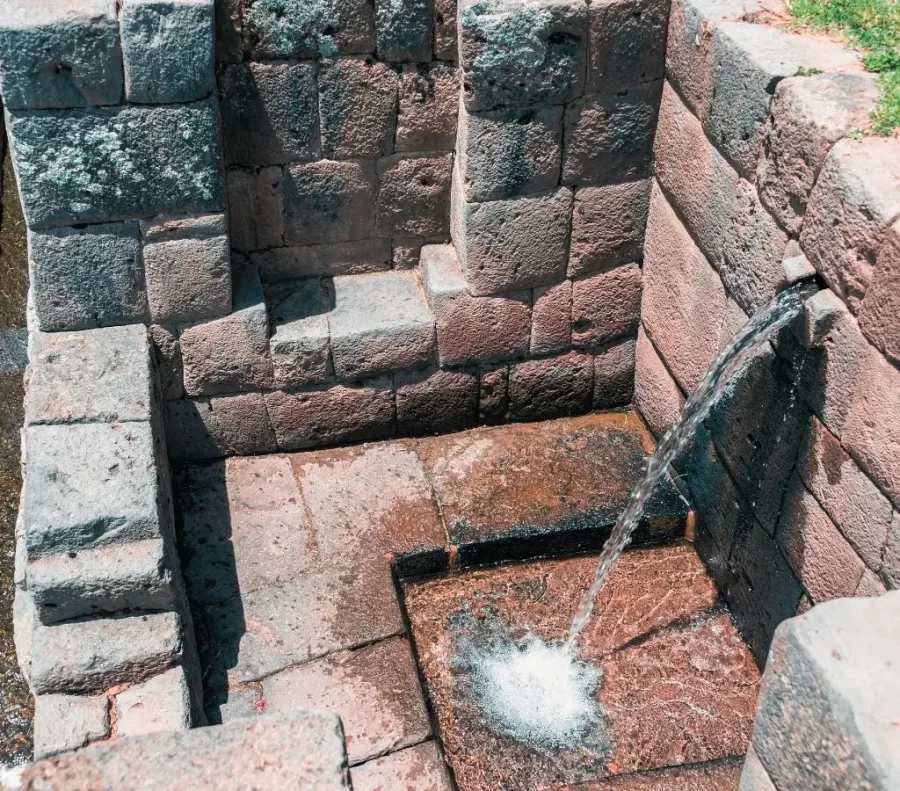
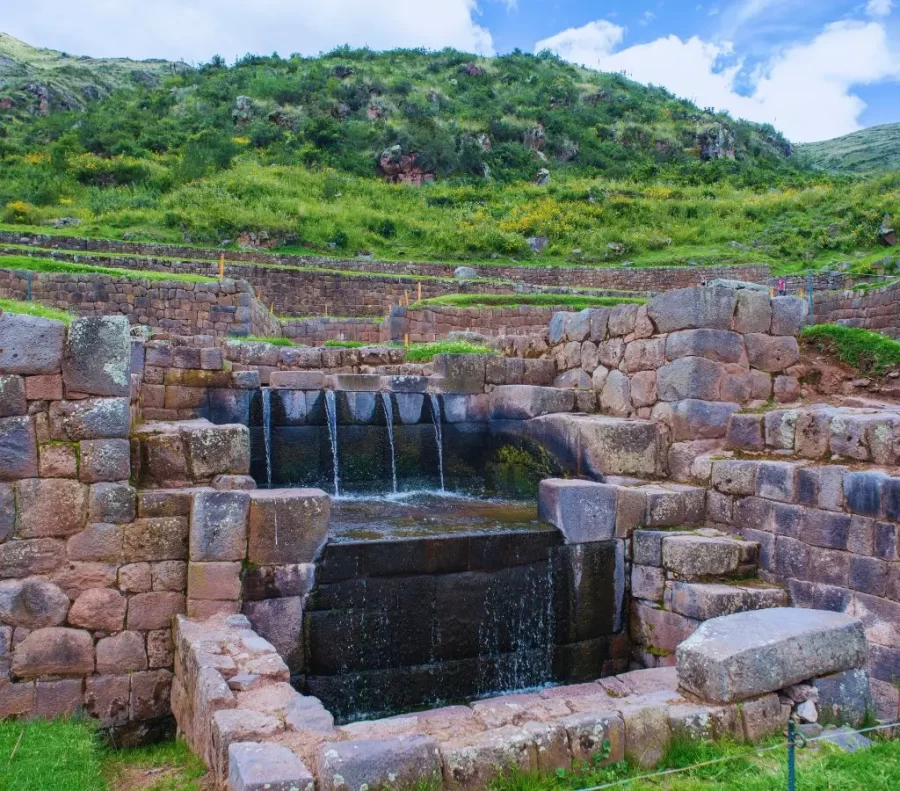
Andenes: It is another of the important constructions that we will find in the Inca civilization, in this archaeological park we will be able to see the platforms that served to plant products such as corn, and also served as a food system.
Intihuatana: Another fundamental piece is an astronomical observatory that was used to see the movement of the sun, the time and others, some historians indicate that with this they could tie the Sun God.
Water channels: There are water channels built of carved stone next to stone steps.
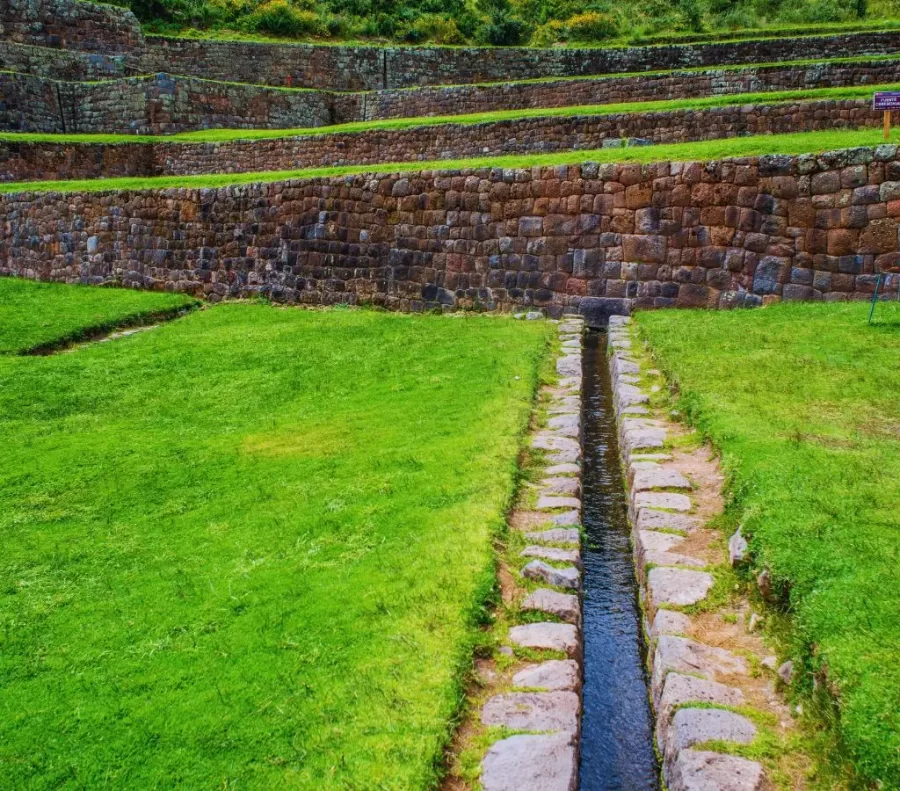
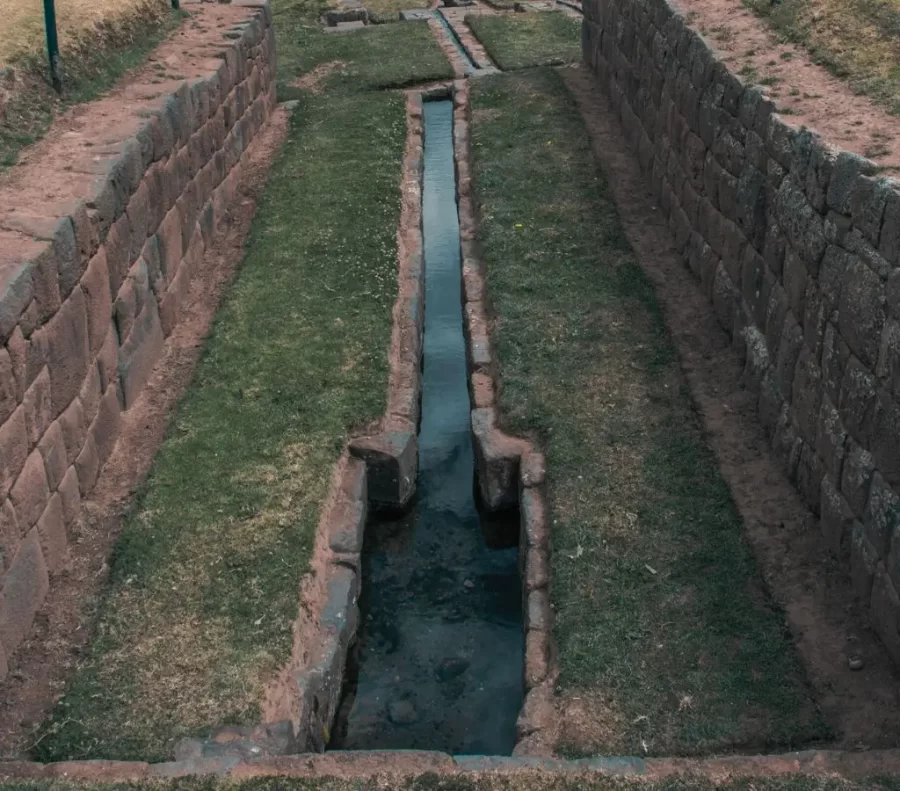
Ceremonial Plaza: Located southeast of the aqueduct, it was a stage where the Inca performed important events.
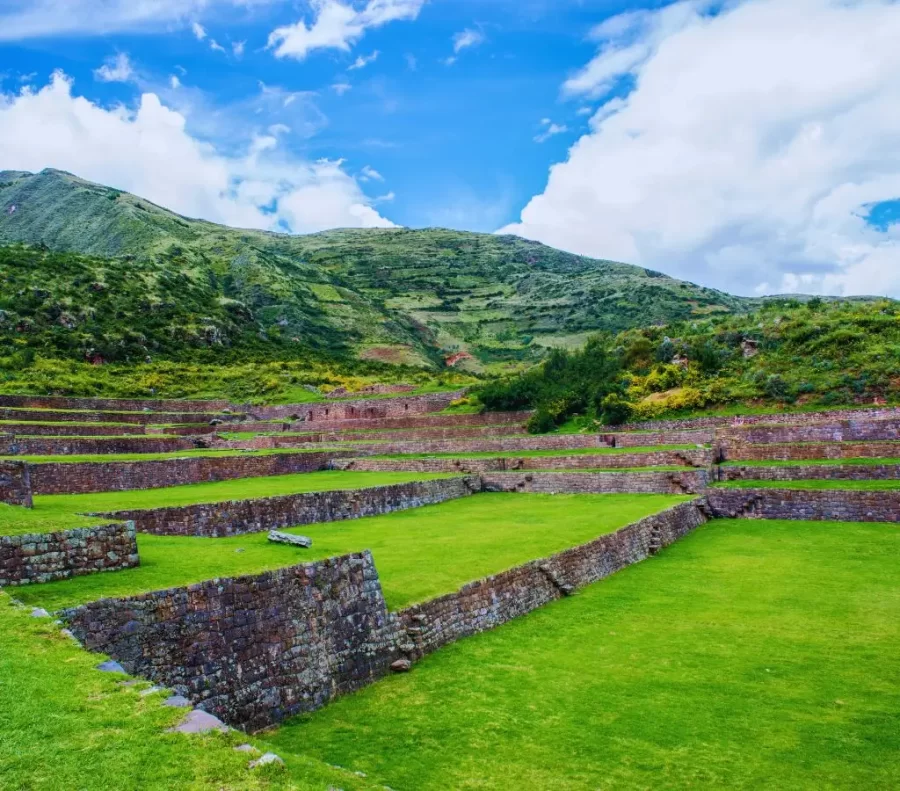
Mirador Cruzmoqo: It is known because on a summit is located a cross and it is said that there is a very important huaca.
Walls: Many Inca empires built walls to protect themselves from invasion.
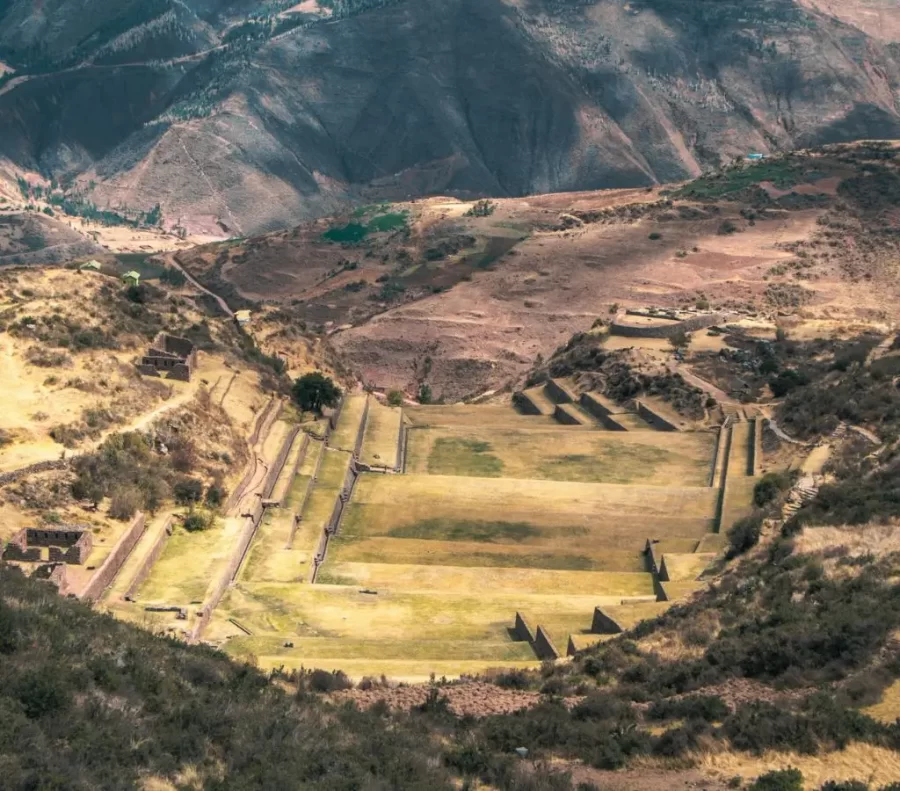
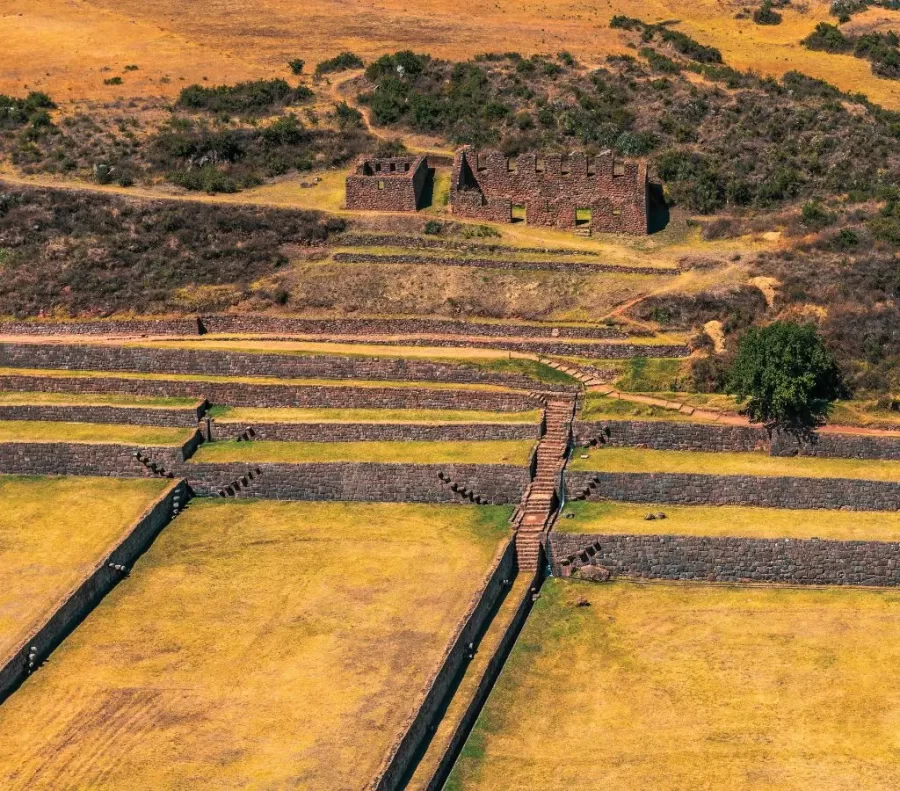
In short, the Incas reached an architectural and hydraulic development that allows us to appreciate all the water distribution that took place. When we travel to the city of Cusco the travel agency Tierra de los Andes (Terandes.com) offers a package known as the South Valley that allows us to reach this site and appreciate all its construction and the importance of water.
